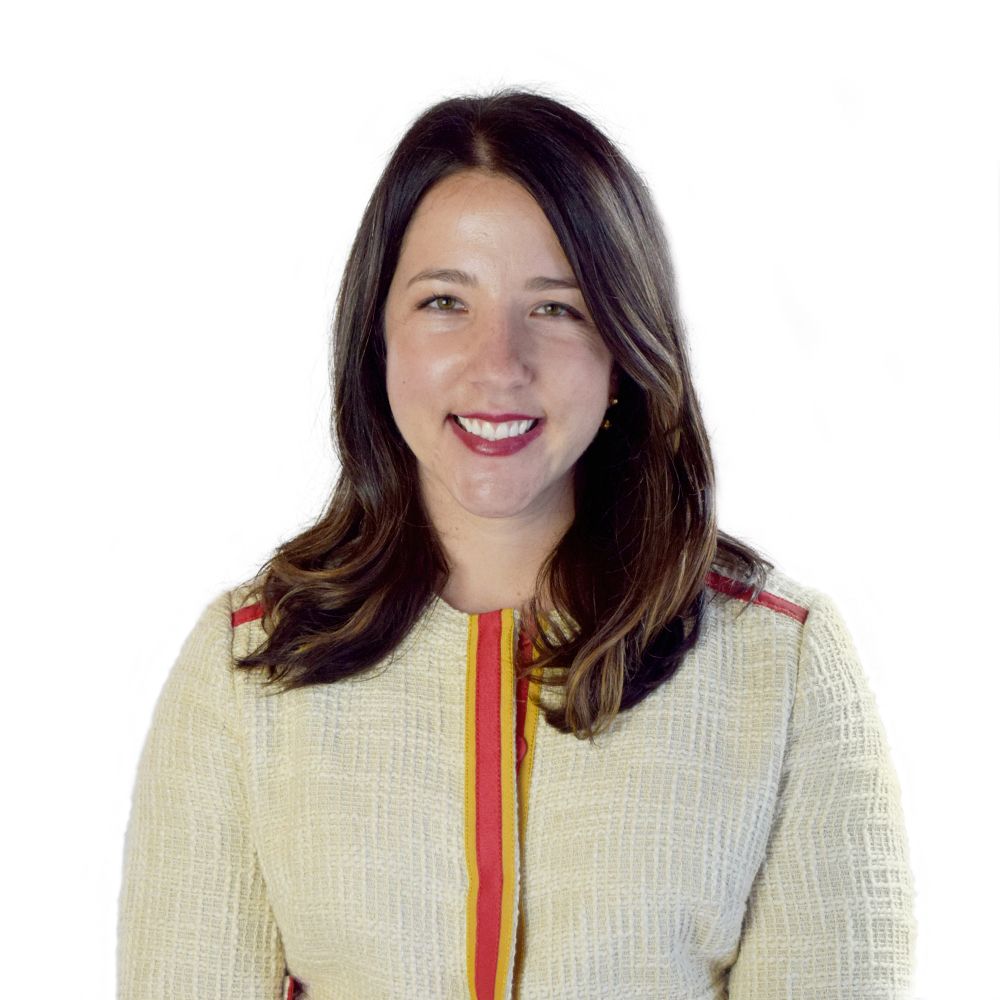Influencer Marketing, Digital Opinion Leaders
How consumer goods marketing approaches can support pharmaceutical and life sciences companies in their growth this year.
Jenna Phillips
Health and life sciences expert
PA Consulting

Many life sciences companies engage key opinion leaders (KOLs) to serve on advisory boards, speak at events, and provide insights to shape product strategies: an approach that has been used widely for many years.
As the healthcare marketing world has embraced digital channels, pharma companies are increasingly looking to engage a different type of opinion leader: digital opinion leaders (DOL), healthcare stakeholders who influence healthcare practitioners, patients, and scientists through their social media presence. Because DOLs have influence and reach on social media, they are uniquely positioned to advise on social media strategies and to disseminate targeted content. As such, digital opinion leaders may be engaged by pharma companies in exchange for compensation to provide advisory support related to social media content, to co-create social media content alongside marketing teams, or to post content on their own social media platforms. For example, as part of the “It Will” campaign, GSK worked with DOLs to share educational content to empower lupus patients and help them avoid severe complications associated with their disease.
Social media marketing has been applied as part of the marketing mix of most consumer product brands for as long as social media has been around. Total influencer marketing spends hit $4.14 billion in 2022, making it a significant tool for brands to use to credibly reach consumers and, potentially, professional channel customers like healthcare practitioners. In the healthcare world, influencer marketing can also be used to reach patients who are seeking accurate and relevant information about novel therapeutic approaches.
While DOLs can play a role in pharmaceutical or life science marketing, there are some industry-specific challenges, like the unique regulatory constraints that govern how healthcare companies can compensate DOLs for supporting better visibility and understanding of their products without directly promoting these products. This regulatory landscape is further complicated outside the United States, as well.
Erik Moen
health and life sciences expert
PA Consulting

In addition to the perceived potential of regulatory risk, a general lack of experience in working with DOLs can add complexity when pharma marketing leaders seek to implement a collaboration with DOLs. Other operating model factors, such as limited experience of incorporating DOLs into overall marketing strategy and insufficient understanding of fair market value (FMV) payment rates for DOLs can make marketing leaders reluctant to use this novel and potentially impactful marketing approach to spread the word about their groundbreaking products.
We’ve worked with marketing and commercial strategy leaders in the healthcare, life sciences, and consumer products industries, supporting our clients to incorporate DOL or other influencer marketing approaches into their marketing mix. We’ve learned 3 key things that life sciences companies can take from the consumer products industry when integrating DOLs into their marketing strategies.
#1: Target influencers within “disease communities” who actually use the product you are seeking to promote
When applying influencer marketing tactics, consumer goods companies engage influencers who have successfully built a following within a specific social media community. For example, beauty influencers are compensated for their efforts to drive consumer engagement with a specific product, usually by posting photos or videos of themselves using the product and giving their opinion on why it works well or does not. Beauty category consumers report a high degree of engagement with online communities before making a purchase, demonstrating the impact of social media marketing as a gatekeeper to product growth.
The digital community concept also applies to the healthcare space, where patients and healthcare providers within a certain therapeutic area form online “disease communities.” Healthcare companies can similarly look to engage healthcare practitioners or patient DOLs who have successfully tapped into these disease communities or are members of them. Platforms like Patients Like Me and Selfihealth are used by patients to discuss treatments, symptoms, and other topics related to their disease, representing potentially fertile ground for influencer or DOL marketing approaches. Furthermore, DOLs can engage disease communities on conventional social media channels. For example, Chloe Bean has gained 2.1 million followers on TikTok with her engaging posts about living with alopecia. While most of her posts do not discuss specific treatments that she uses to manage her alopecia, the credibility she has built with her followers would facilitate the communication and education about specific products that she uses and that other patients could also get value from. In fact, 85% of respondents in a recent survey reported that they would be “very receptive” or “somewhat receptive” to an ad from a patient influencer discussing a drug related to the patient’s condition.
#2: Don’t overlook micro-influencers
Consumer brands often work with celebrity influencers to promote a product. These ads are everywhere: for example, Rebel Wilson’s “Cuffing Season Menu” campaign with Uber Eats, Chipotle, and Hinge, which gained over 1.2 million views on Instagram. However, consumer companies are increasingly turning to micro-influencers, typically defined as influencers with fewer than 100,000 followers to connect with smaller communities with more engaged follower bases to support a sense of trust and authenticity.
In our experience, many healthcare marketing leaders think of influencers exclusively as celebrities. For example, Kim Kardashian and Lady Gaga have participated in ads for the migraine drug Nurtec. Working with celebrities can be effective for certain mass market products, or those in which the celebrity representative suffers from the condition herself, but it can also substantially increase the costs of a campaign and may ring false to stakeholders who are looking for a credible and experienced representative to help them understand the potential benefits of a product. Depending on the audience, using celebrities to engage their followers about a pharma product can come across as inauthentic, and may also introduce unnecessary regulatory risk.
To minimize reputational concerns and regulatory risk and to design a well-rounded and successful DOL strategy, life sciences companies should look to engage micro-influencers. Micro-influencers provide an opportunity for companies to connect with niche disease communities and confer a greater sense of authenticity and trust, often at a lower cost. Furthermore, micro-influencers can be particularly helpful in building awareness in certain therapeutic areas with smaller populations, such as rare disease.
#3: DOLs are just one part of your marketing strategy
Compared to traditional marketing channels, defining key performance indicators (KPIs) for DOLs can be difficult and can pose additional complexity for determining fair compensation rates. Additionally, due to the cost associated with DOL engagements, there are some instances where it may not be worth the price to engage a DOL. For example, if a pharma company is looking to market a drug for a rare disease, a targeted traditional marketing campaign to engage the healthcare practitioners who treat that condition will likely be more cost-effective than engaging a DOL to post content that is only relevant to a small number of patients worldwide.
Due to the complexity regarding the addressable market of a product and the approach to access target healthcare practitioners and patients, DOLs should serve to supplement traditional marketing approaches, rather than replace them, particularly in new categories of DOL marketing or segments with a small addressable market.
In our experience, healthcare companies should look to engage DOLs in therapeutic areas where they can drive trust and engagement within targeted but relatively large social media communities. For example, pharma companies might look to engage oncologist DOLs–such as Tatiana Prowell, a breast cancer specialist who posts regularly about medical education, clinical trials, and oncology research to an engaged base of 61.2 thousand followers on X–to support brand awareness for oncology drugs.
In a world where 96% of healthcare practitioners are seeking short form content, DOLs are more important than ever in helping life sciences companies to craft and disseminate content on social media. By applying our experience from the consumer goods industry–including leveraging the concept of “disease communities,” engaging micro-influencers, and ensuring that DOL initiatives complement other marketing efforts–life sciences companies can maximize the impact of their DOL engagements, building credibility and trust among HCPs and patients and raising brand awareness.
Jenna Phillips is a health and life sciences expert at PA Consulting
Erik Moen is a health and life sciences expert at PA Consulting
The Misinformation Maze: Navigating Public Health in the Digital Age
March 11th 2025Jennifer Butler, chief commercial officer of Pleio, discusses misinformation's threat to public health, where patients are turning for trustworthy health information, the industry's pivot to peer-to-patient strategies to educate patients, and more.
Navigating Distrust: Pharma in the Age of Social Media
February 18th 2025Ian Baer, Founder and CEO of Sooth, discusses how the growing distrust in social media will impact industry marketing strategies and the relationships between pharmaceutical companies and the patients they aim to serve. He also explains dark social, how to combat misinformation, closing the trust gap, and more.